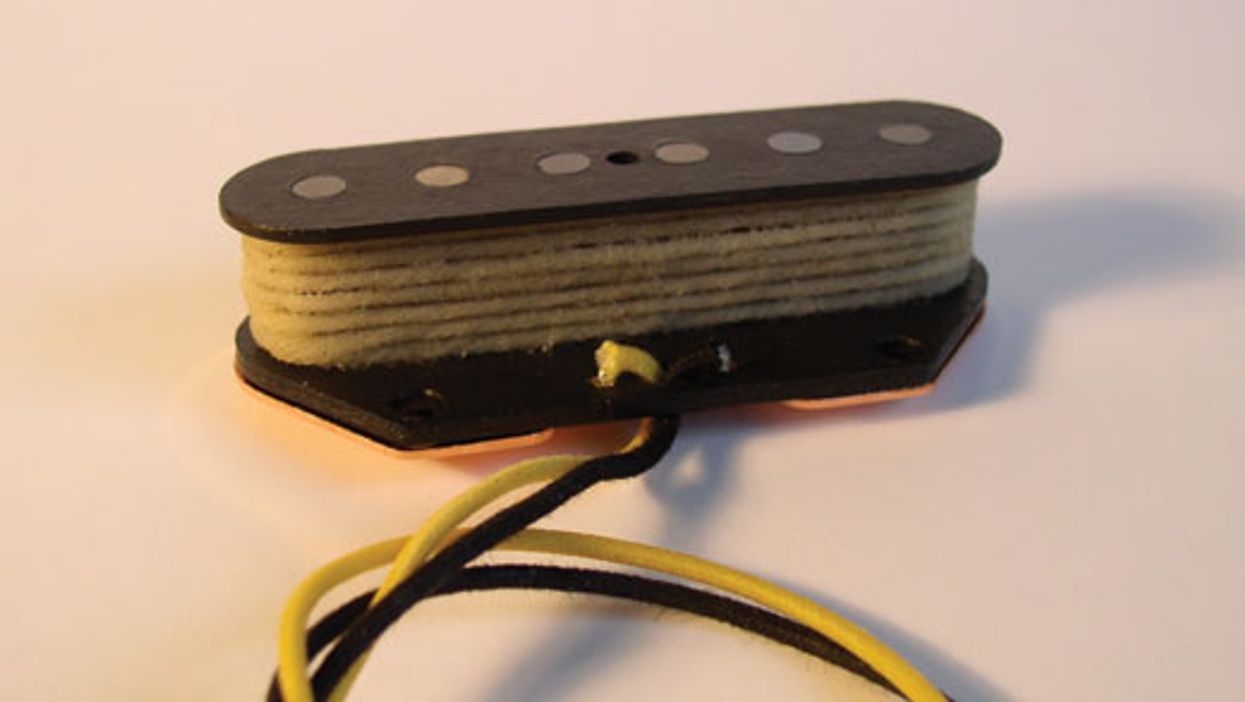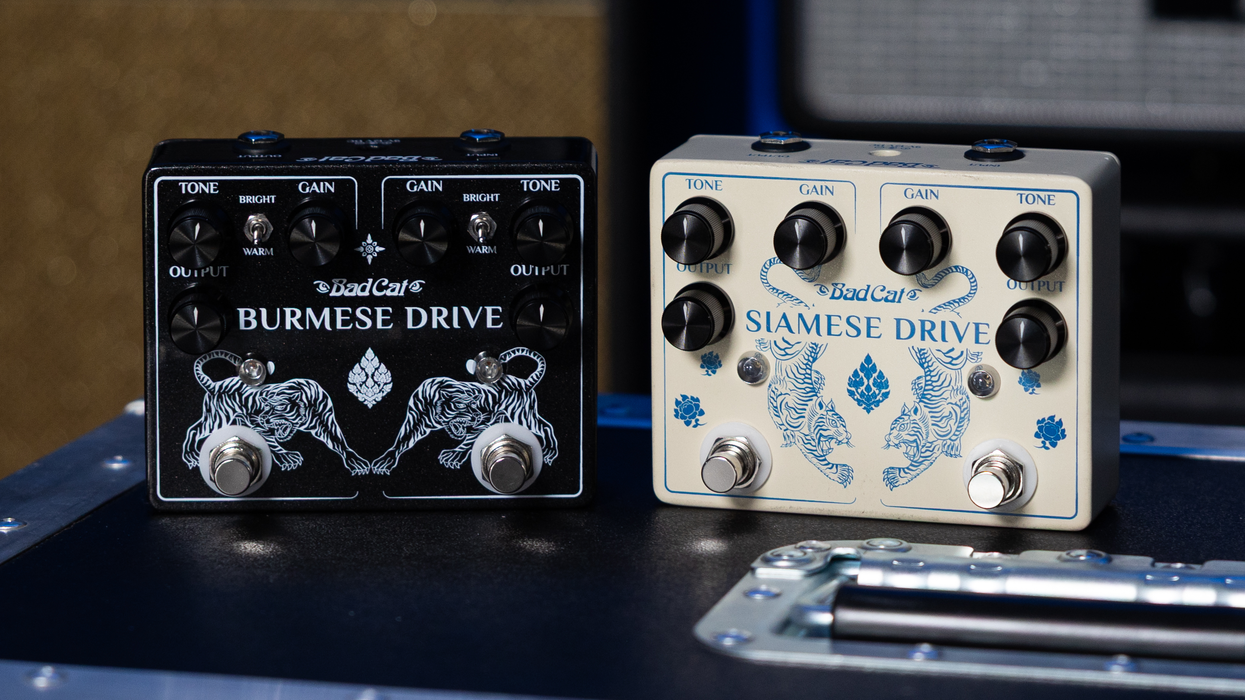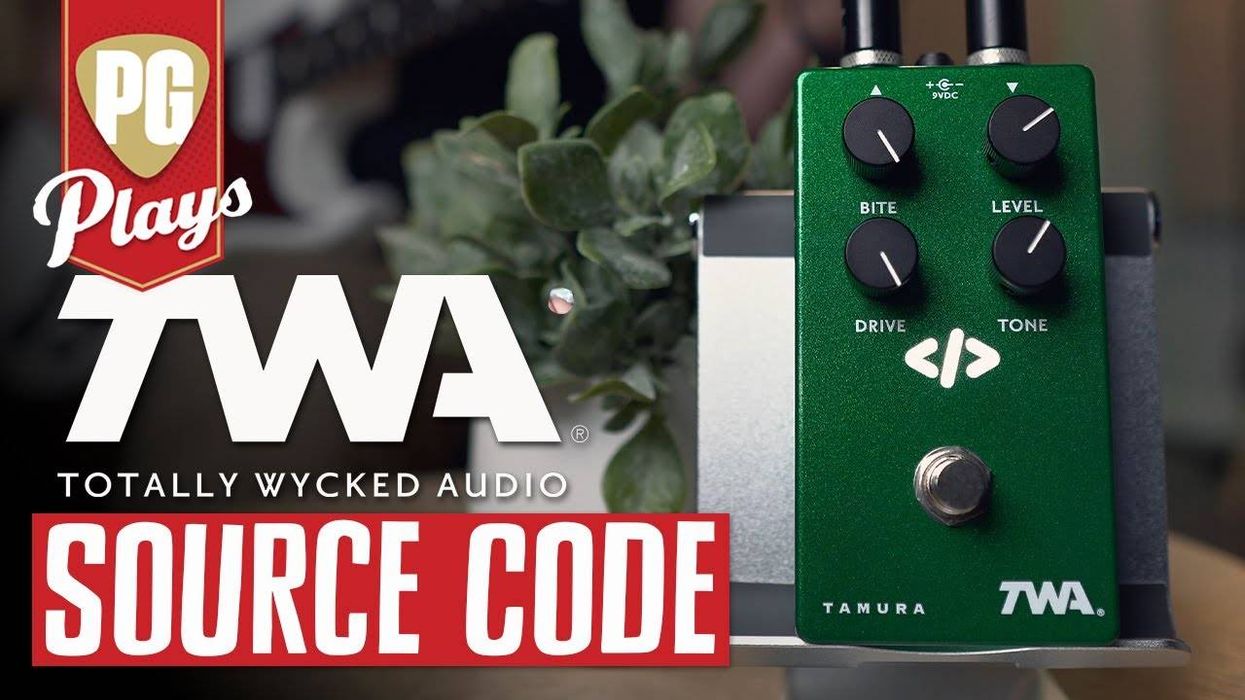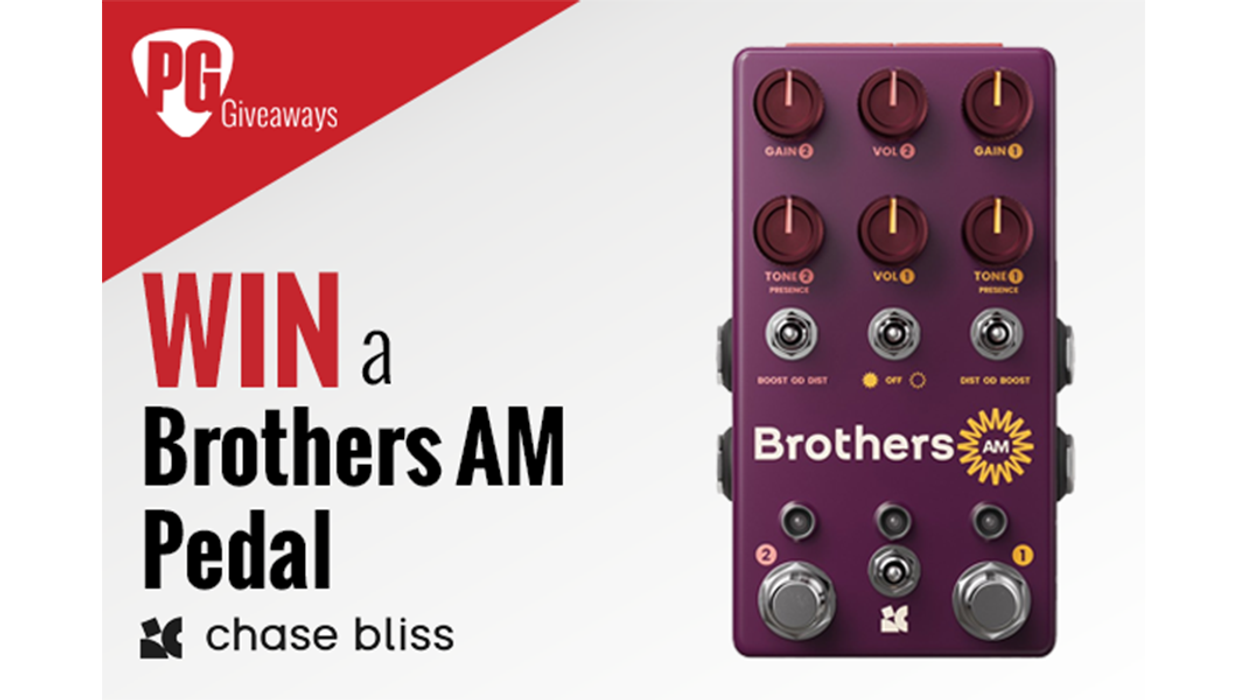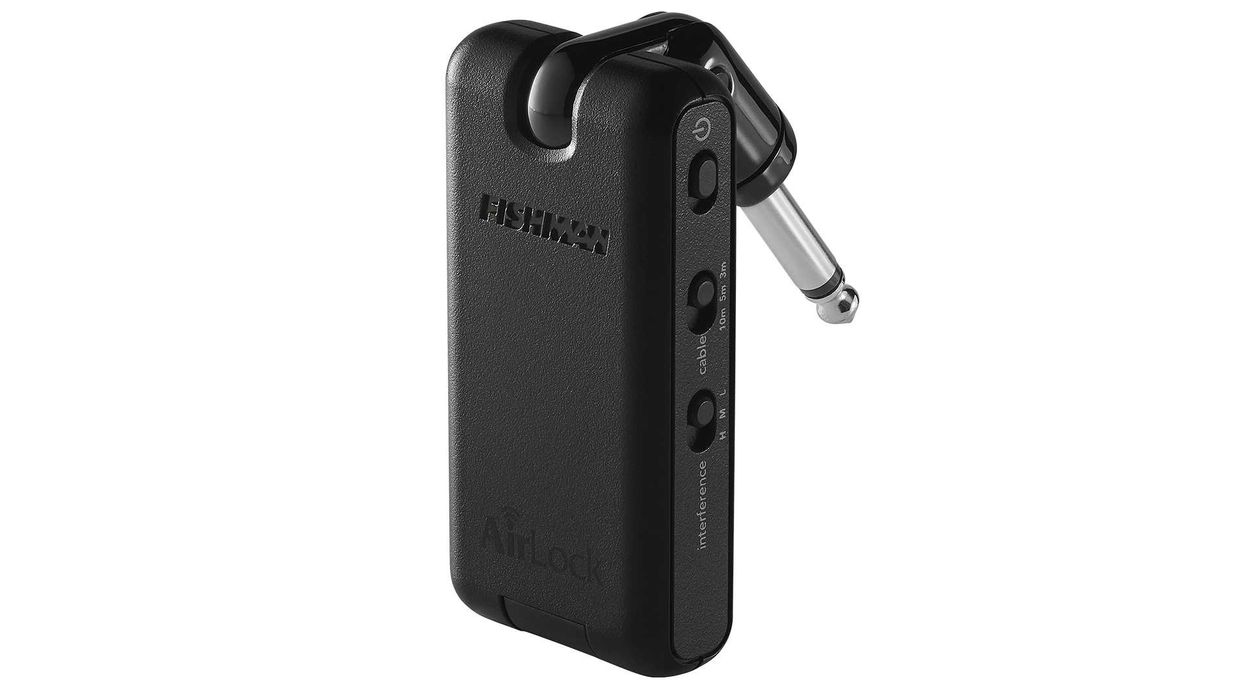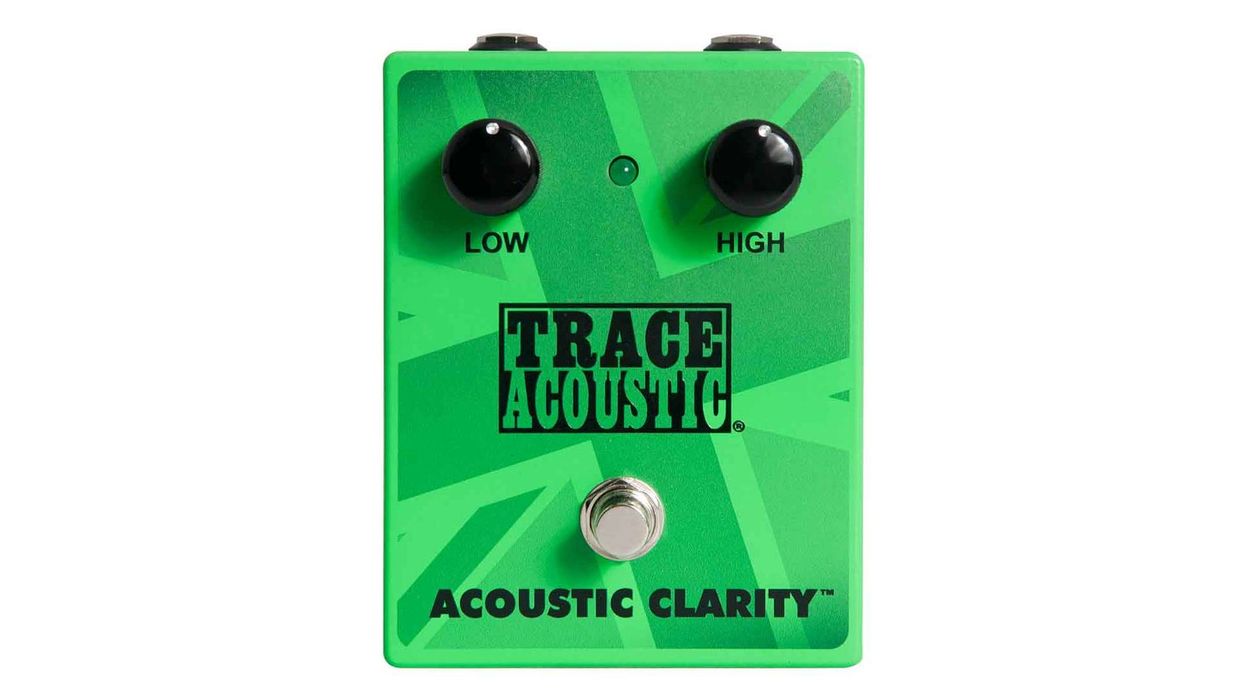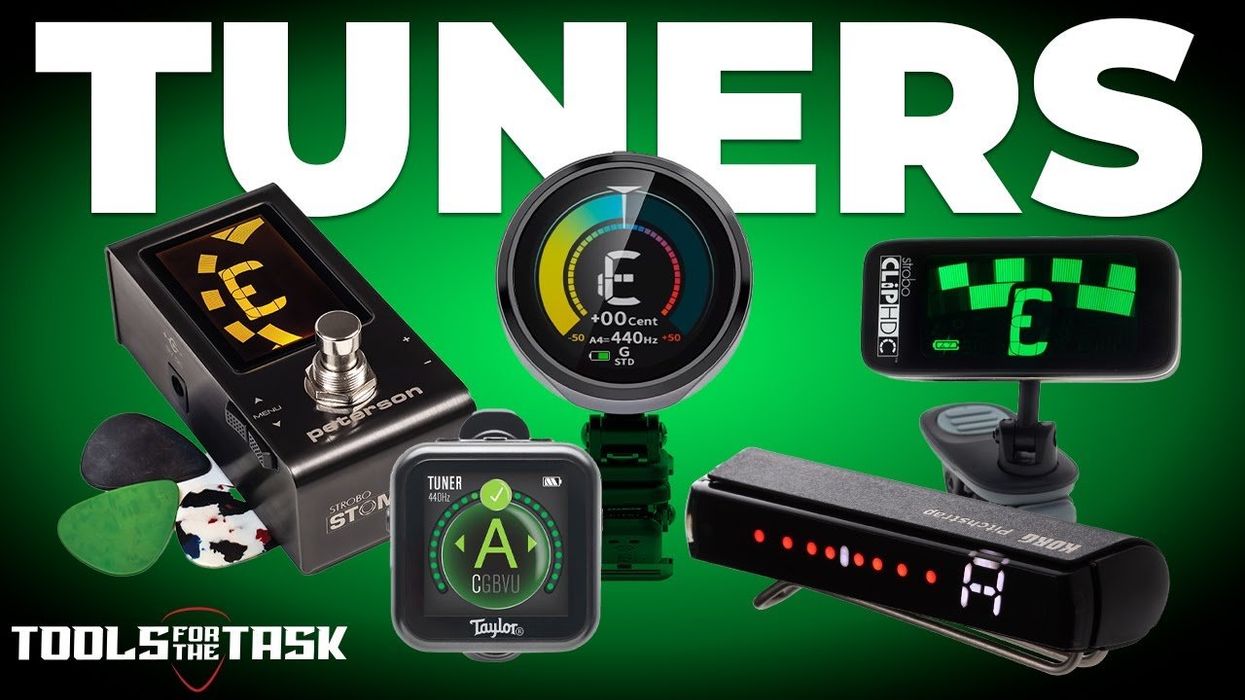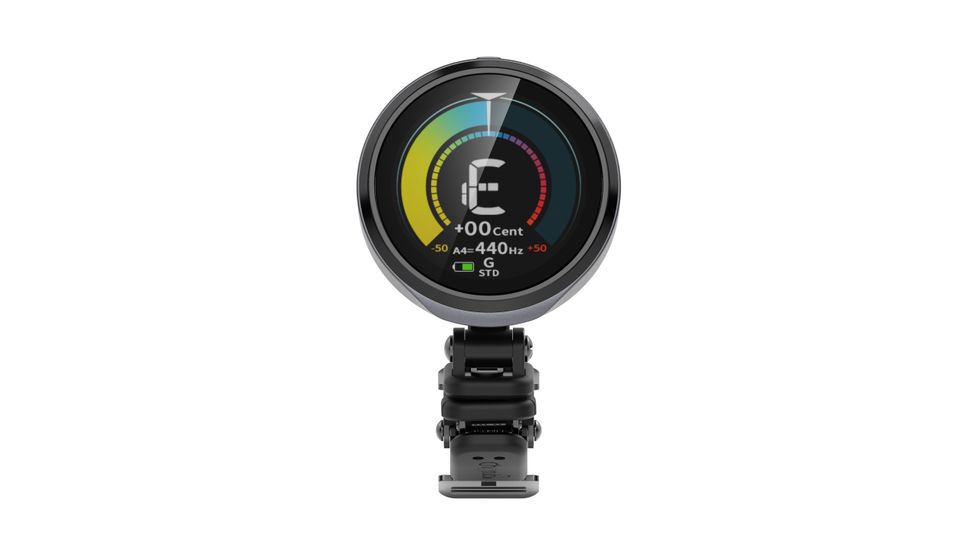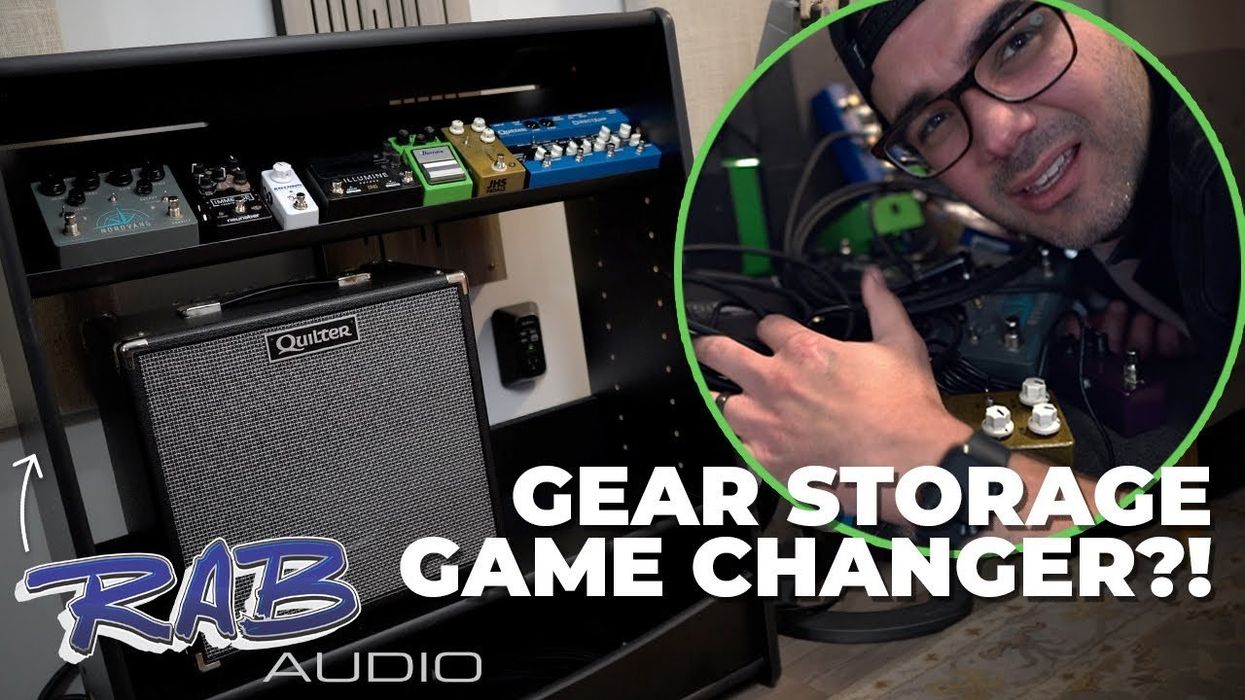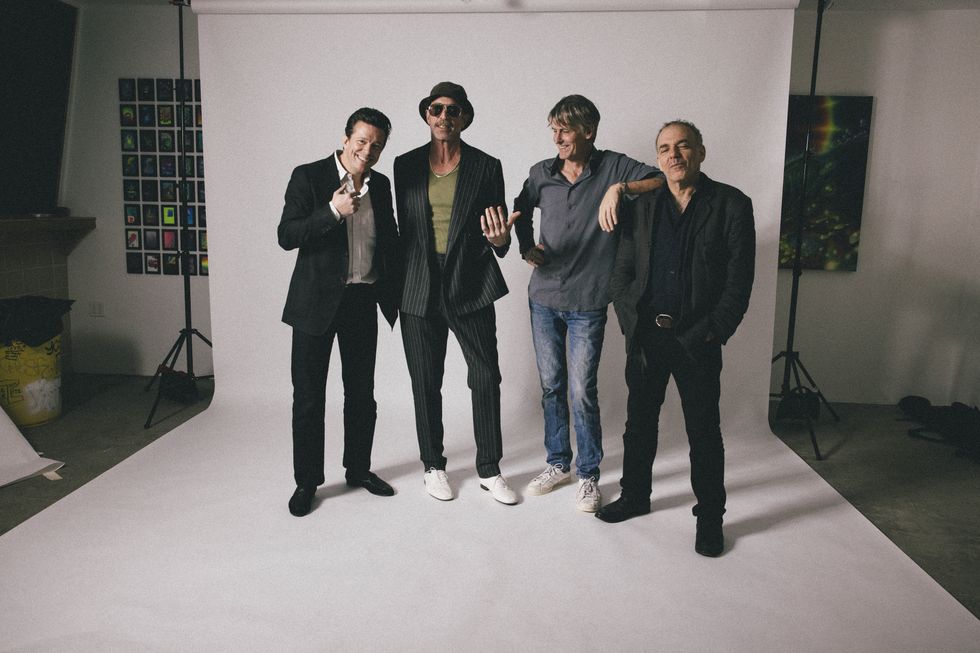Previously we discussed a handful of problems that might be causing you to be dissatisfied with your Telecaster tone, and then looked at solutions to each of these issues that didn't involve replacing pickups [“Before You Swap Out Those Tele Pickups... ," March 2014]. Okay, suppose you've gone through your setup, strings, electronics, and hardware, and you still sense there's something missing sonically. Now it's time to start thinking about replacing the pickups.
There's no shortage of high-quality replacements to fit virtually every budget. Most companies offer Tele pickups based on a somewhat standardized palette that has developed over the years as the instrument itself has evolved. So to make an educated purchase, it helps to understand this palette and know where your favorite sounds might be found on it. Once you know the basics of Tele pickup history and construction, you'll be able to make sense of the vast array of replacement pickups available to you.
So let's start with the bridge pickup and examine how it was constructed when it was first introduced. Here's a basic description of that original model: a traditional single-coil with a pentagonal back plate, six alnico magnets, and a soft iron base plate. But since its inception, the bridge pickup has been about change. Let's check out three categories and a total of four pickup designs.
Fifties lap steel. Leo Fender loved the sound of lap steel guitar, and when he designed the Telecaster, his goal was to bring lap steel tone to a standard electric guitar. So it's no wonder that Fender's first Telecaster bridge pickups were based on his own lap steel pickups.
In fact, there's a history of players transplanting actual lap steel pickups into their Teles. This became a famous mod when Keith Richards' guitar tech, Pierre de Beauport, put Fender Champion lap steel pickups into Richards' blackguard Teles. This might sound easy, but it isn't! Lap steel pickups have a rectangular base plate and they do not fit into a standard Telecaster bridge pickup body cavity, nor will they attach to a standard Tele bridge. You have to convert them to make them fit. I've seen handmade adapters, rerouted Telecaster bodies, and custom bridges all designed to house this type of pickup. Fortunately, today there are replacement lap steel-style pickups designed to accommodate the Telecaster's hardware and routing. So if you're after this type of pickup, you can have it in a plug-and-play configuration.
How does it sound? Clear as a bell when playing clean. Its singing tone has rich harmonics and overtones and a lot of high end. It's a very good choice for country, rockabilly, and swing, yet a lot of jazz players like this one too. It can easily get too trebly on a Tele, especially on a fundamentally bright instrument. Using pure nickel strings and a darker-sounding tone cap can help a lot. I also recommend installing 250k pots and adjusting the pickup a tad deeper than standard.
In overdrive mode, this pickup works perfectly with all Tube Screamer-inspired stompboxes because their natural midrange hump is the perfect addition to the pickup's bright tone—one that can never get lost in the mix. Hey, if Keith uses these pickups, what else can you say?
Here are the typical specs for steel-style Tele pickups, brought to you by my friend Michael Pantleon from the LeoSounds pickup company. Michael is a highly skilled engineer with a passion (or should I say, obsession) for pickups, so let's give him a big shout-out for collecting all the details for our various categories.
Magnets: Alnico 3 or 5 rod magnets, flush poles
Base plate: None
Magnet wire: Plain enamel AWG43 (some models use AWG42)
Winding direction: Top right, top going
Resistance: Typical DCR 8.0k ? (5.8k ? with AWG42)
Inductance: Typical 2.2 H
Broadcaster/Nocaster. These are Leo Fender's first Telecaster pickups. In comparison to the lap steel pickup, Fender used larger-diameter pole pieces, a different wire, and of course, a metal base plate underneath the pickup. This results in a little bit more output, a snarly midrange, and outstanding sustain—all without losing that twangy and slightly nasal character so many players love.
A Broadcaster/Nocaster pickup sounds raw and loud, and some even approach the P-90 ballpark sonically. I have to admit it's my favorite Tele pickup. You can create real twang monsters with this type of pickup, especially if you're into chicken pickin'. Compared to the lap steel-style pickup, overdrive sounds beefier and louder, and this underlines the Broadcaster/Nocaster's rowdy character. It's a great pickup for country, blues, and rockabilly, and it can bring a fundamentally bright guitar to heel within seconds and make it sound just right.
Magnets: Alnico 3 or 5 rod magnets, flush poles
Base plate: Mild steel, initially coated with zinc, later with copper
Magnet wire: Plain enamel AWG43 (some later models have AWG42 coils with a significantly lower inductance)
Winding direction: Top right, top going
Resistance: Typical DCR 9.6k ?
Inductance: Typical 3.9 H
Fifties vintage. This is the most common pickup type you'll find in vintage-flavored Teles. It has raised D and G pole pieces, and this was the first time Fender did that. This pickup delivers a bright and twangy tone that easily can get biting and penetrating, and it offers even more high-end than the lap steel type. So 250k pots and a high-capacitance tone cap, together with cloth-covered wire is highly recommended. Also, never put this pickup on a basswood or maple body—too bright.
With the right body wood, thicker pure nickel strings, and mellower '50s-style electronics, this pickup type is the key for the vintage tone we all know from our old vinyl records (think “Bakersfield"). This pickup was used for almost all musical styles and defined a whole era, and it's also a perfect match for all tweed-era amps. Even when using overdrive, you'll never get lost in the mix, so a pedal with warm midrange is recommended.
Pre-1955
Magnets: Alnico 5 rod magnets, flush poles
Base plate: Mild steel, copper coated
Magnet wire: Plain enamel AWG42
Winding direction: Top right, top going
Resistance: Typical DCR 7.0k ?
Inductance: Typical 3.3 H
Post-1955
Magnets: Alnico 5 rod magnets, staggered with raised D and G
Base plate: Mild steel, copper coated
Magnet wire: Plain enamel AWG42
Winding direction: Top right, top going
Resistance: Typical DCR 6.1k ?
Inductance: Typical 2.5 H
Next month our journey through the world of Telecaster replacement pickups continues. Until then, keep on modding!
